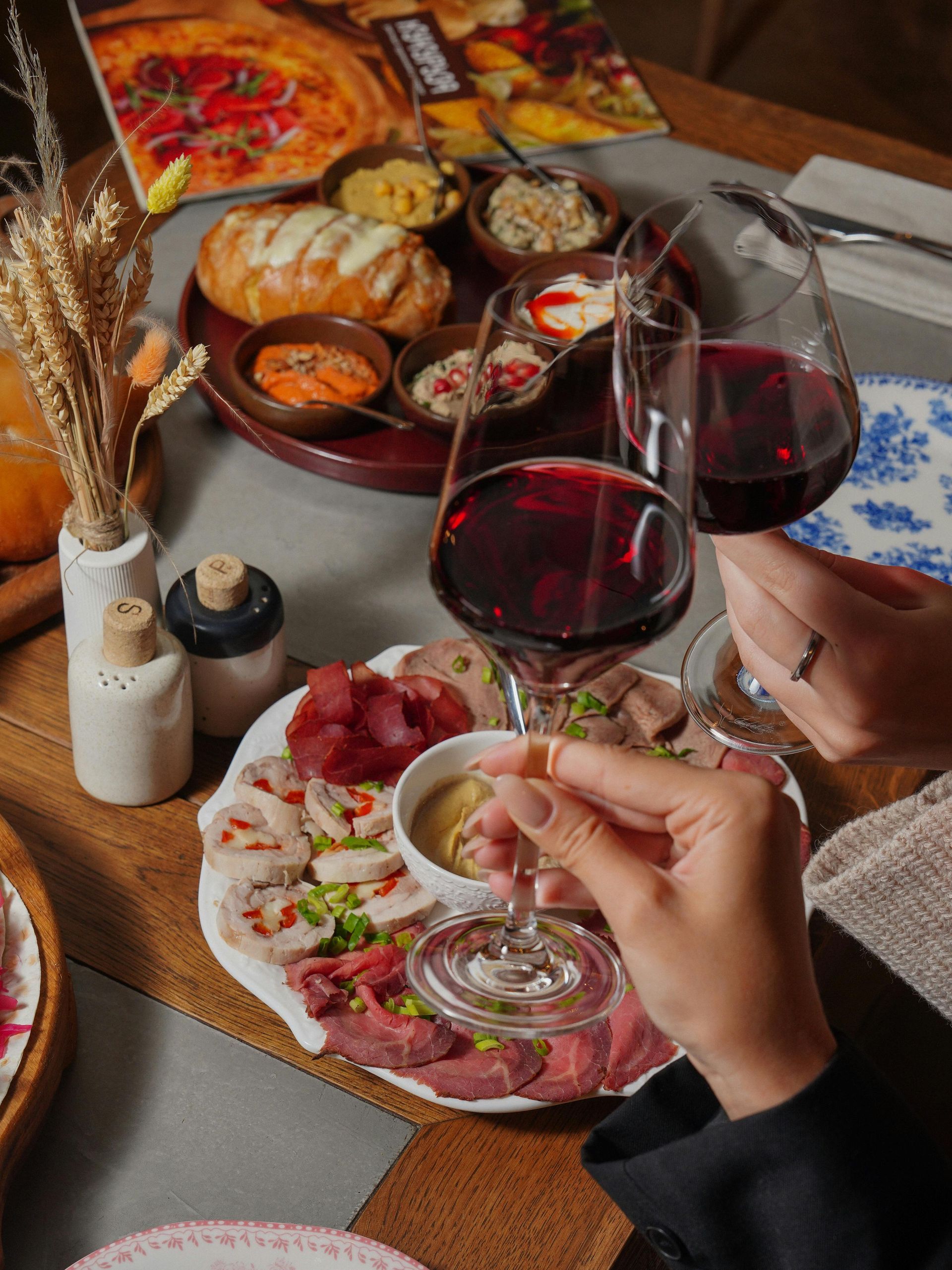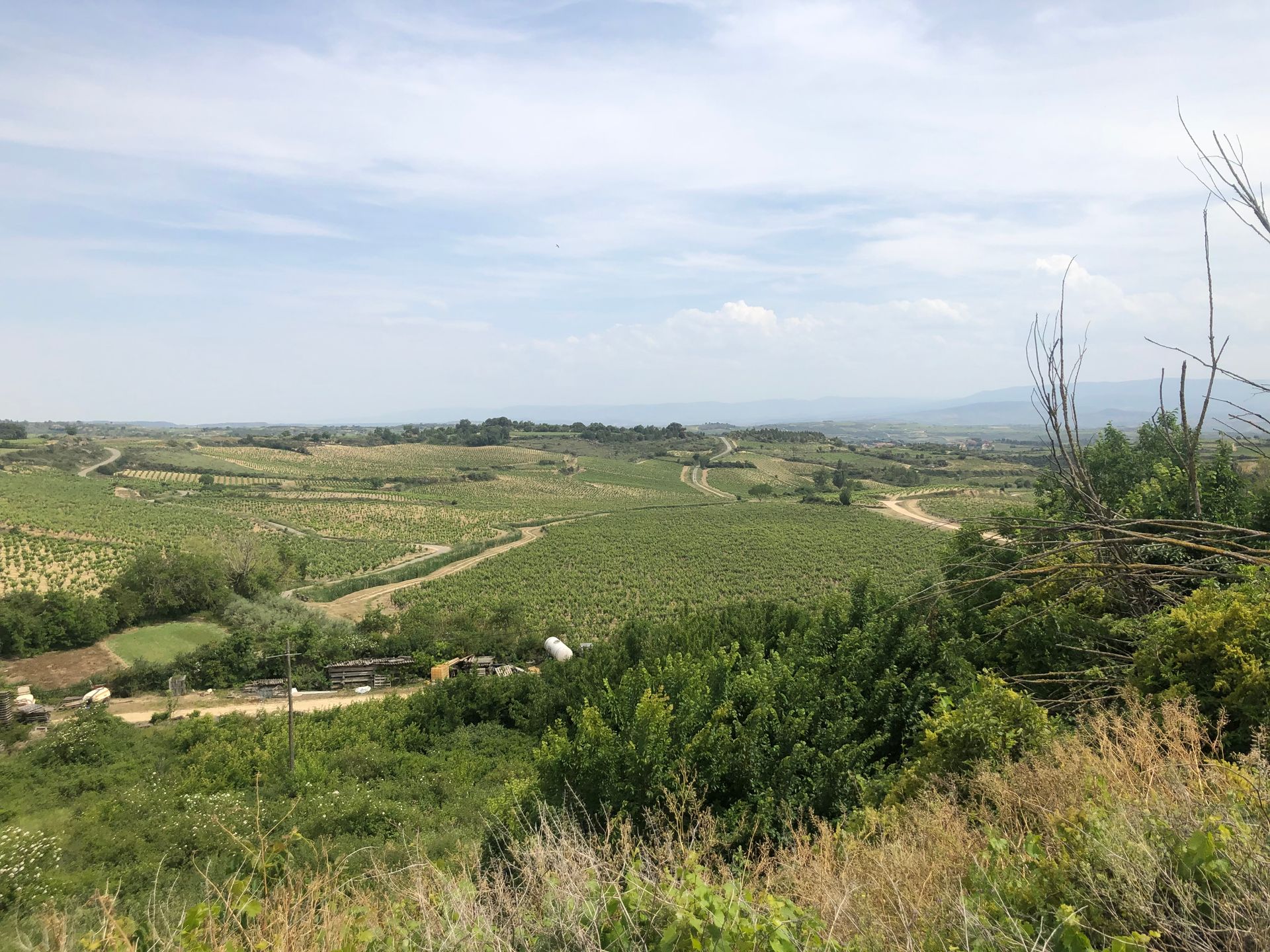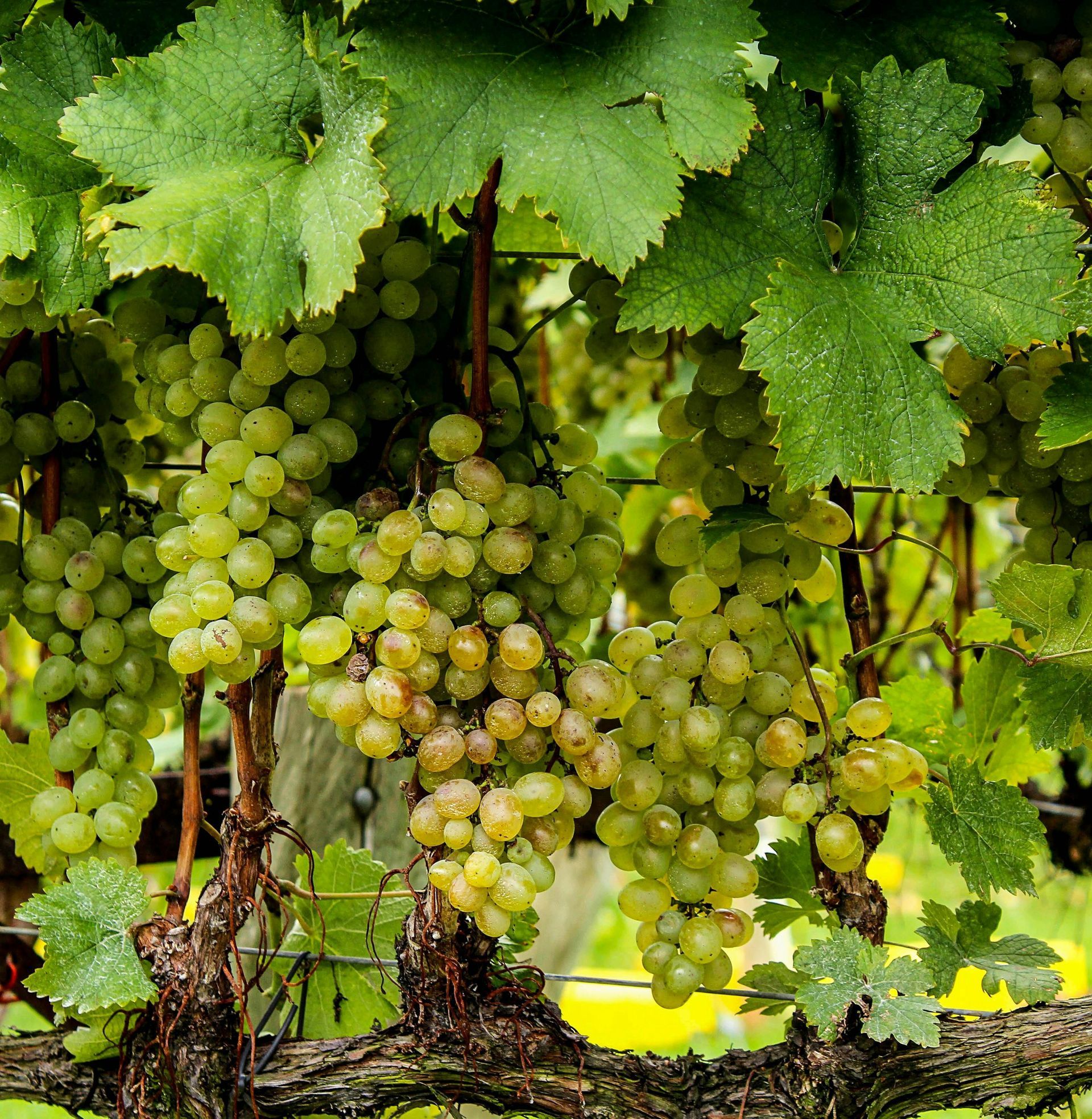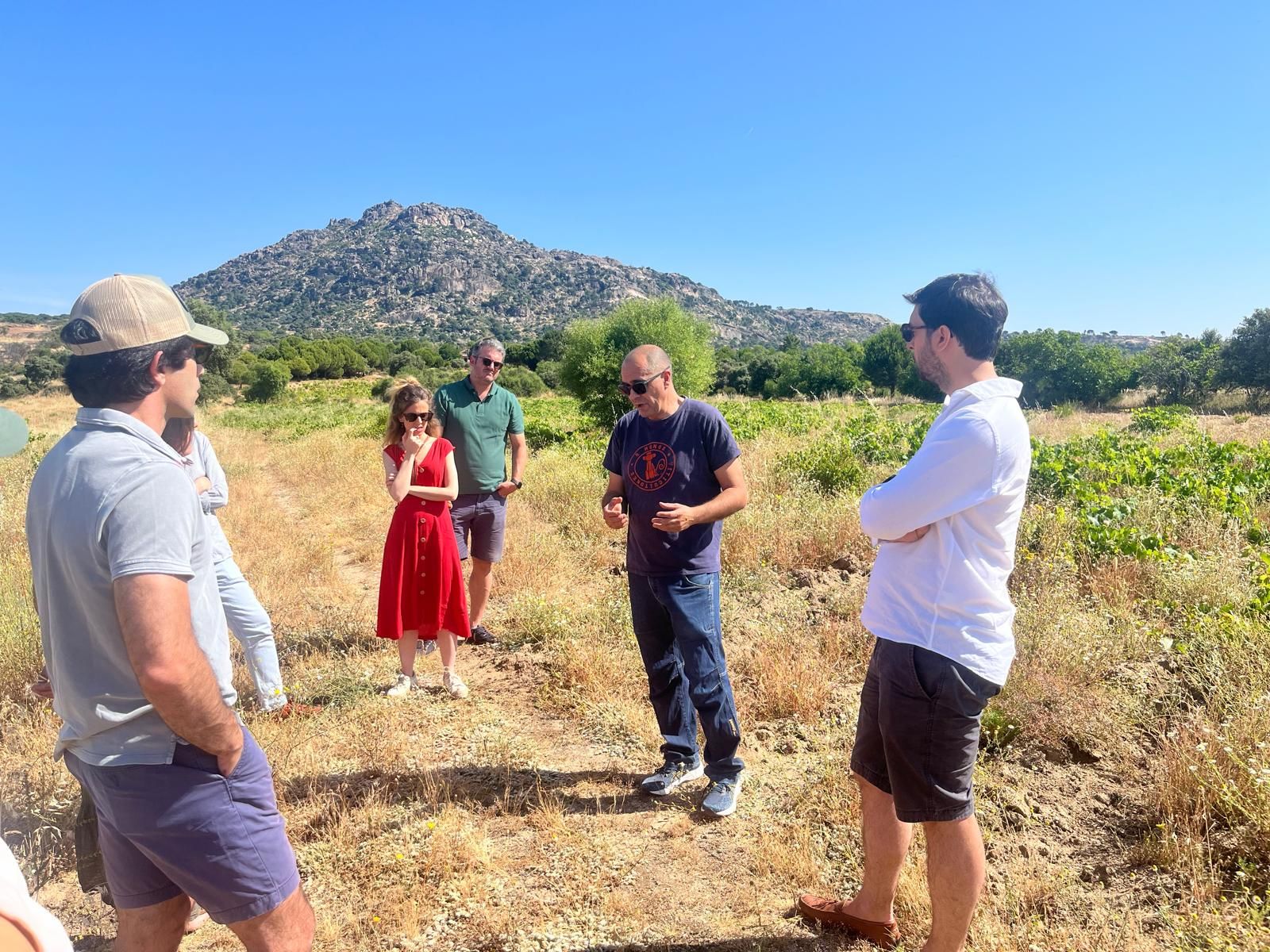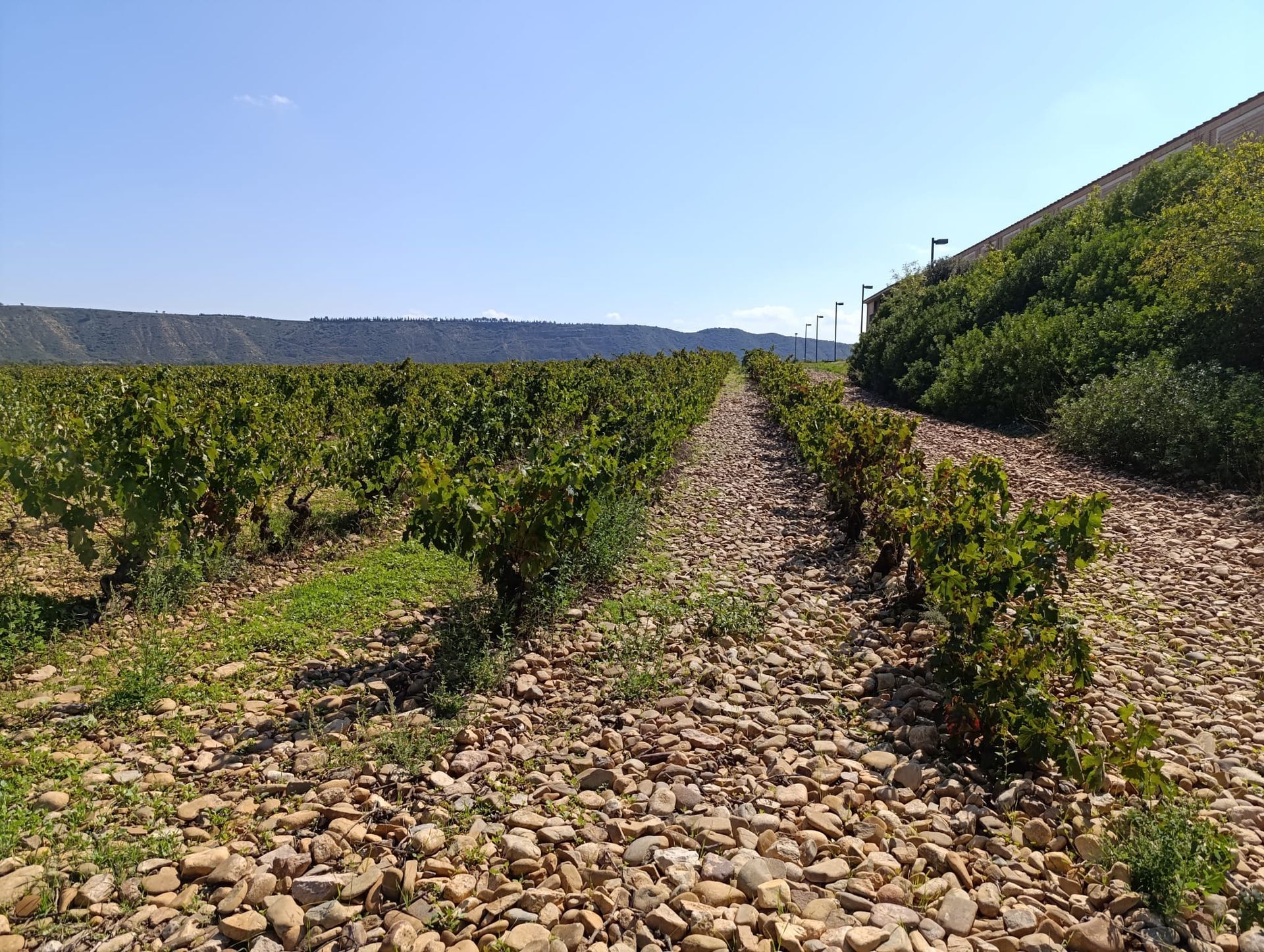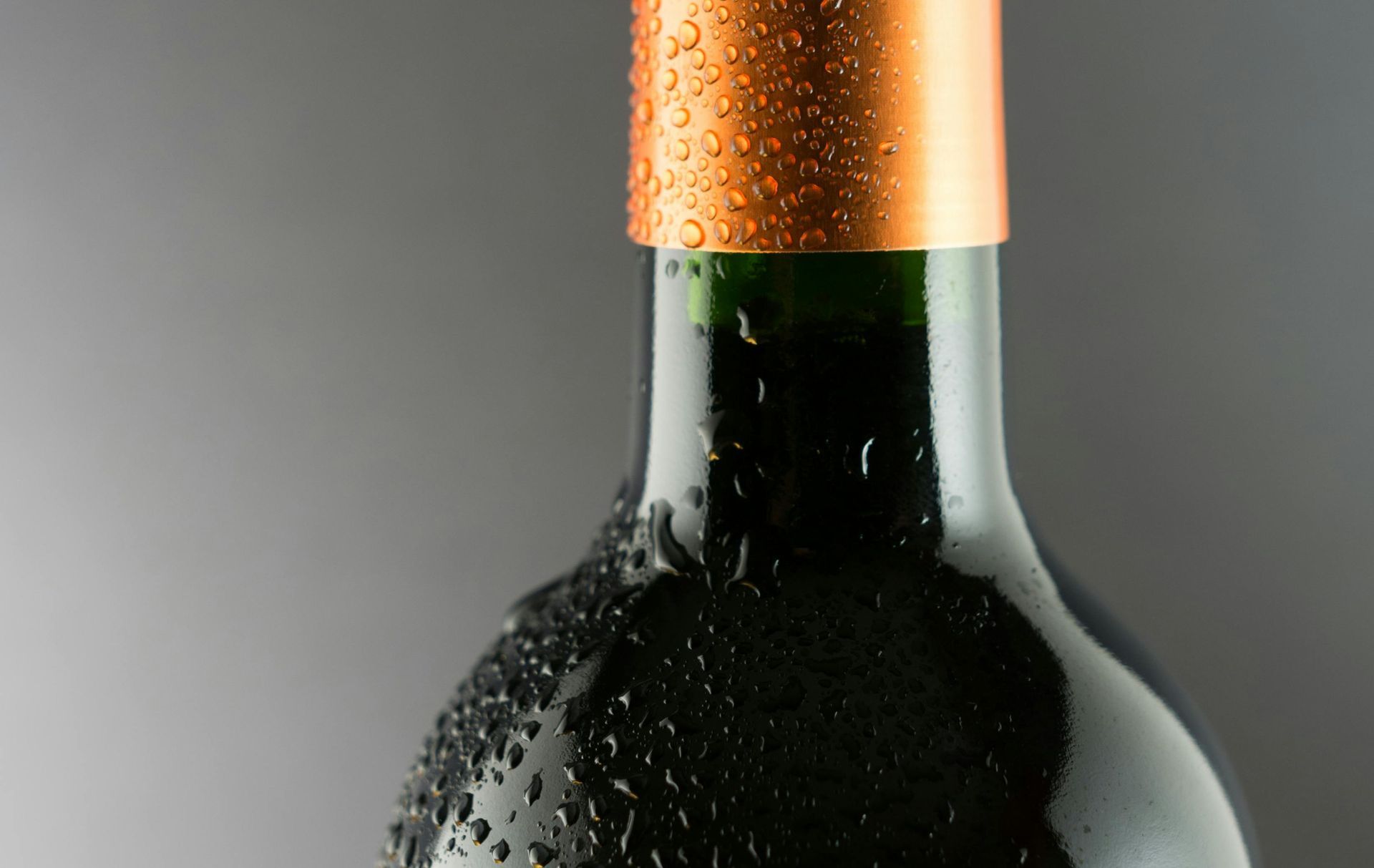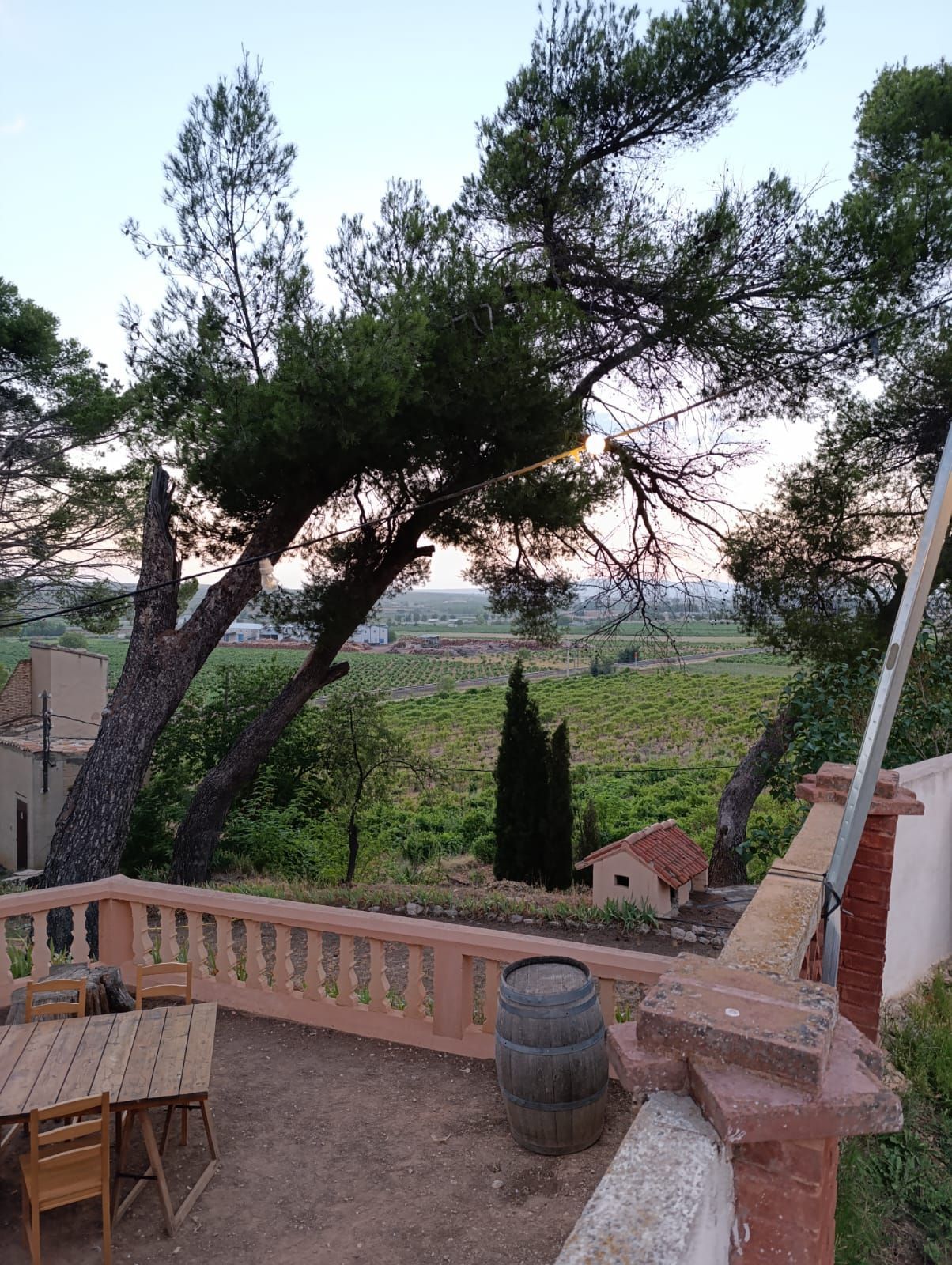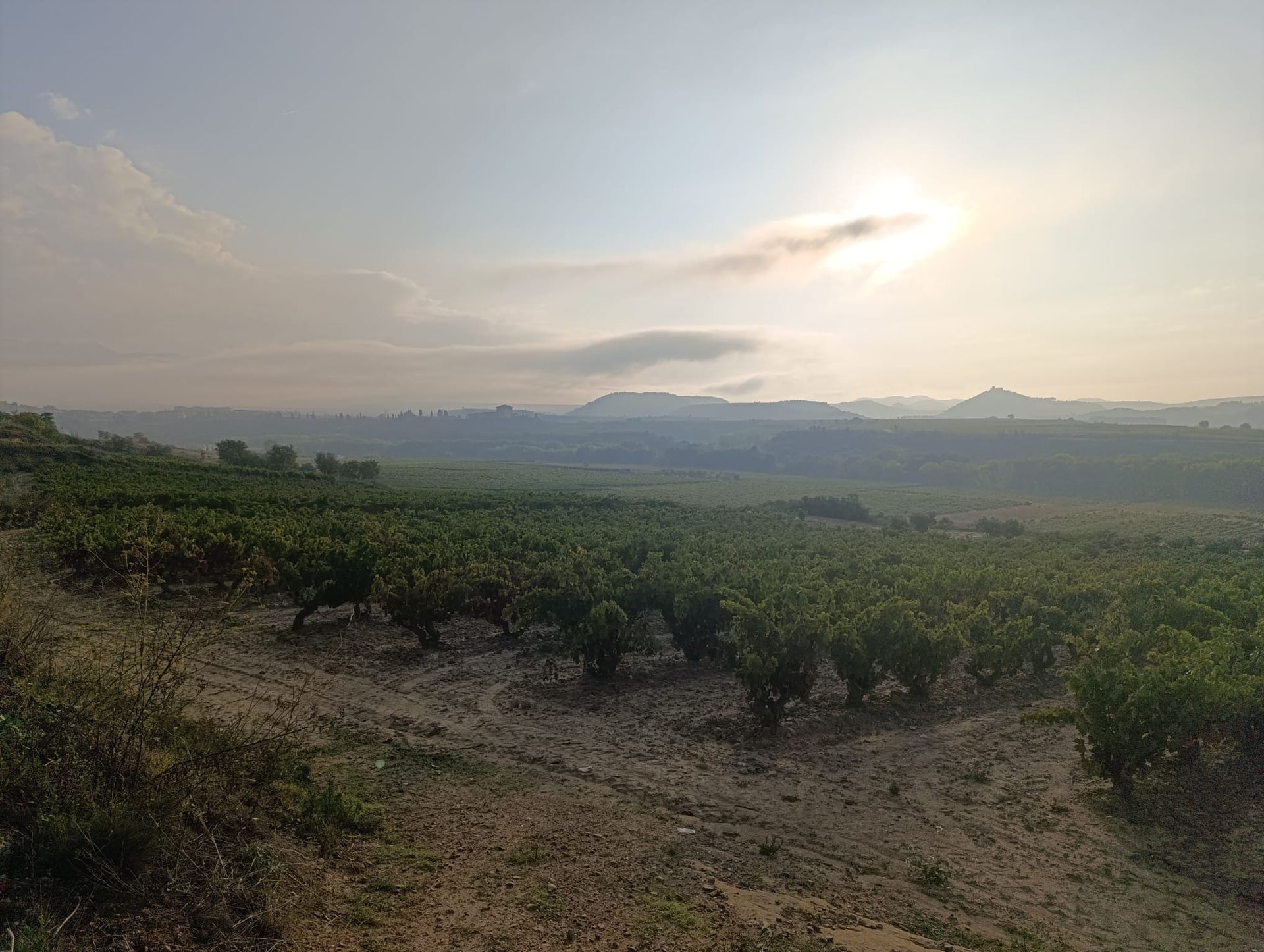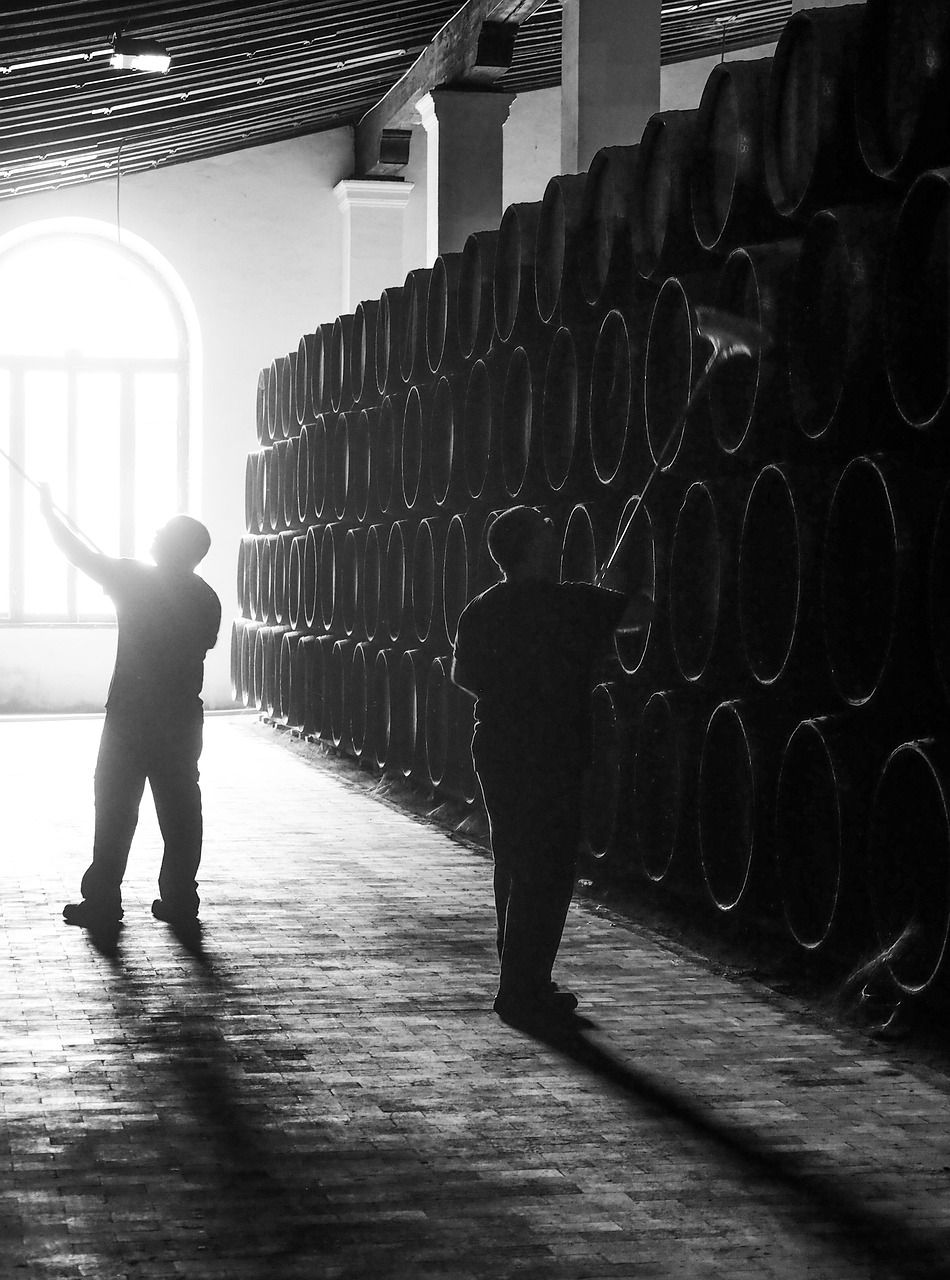You’ve landed in Spain. The sun’s already flirting with the rooftops, your stomach is growling, and the menu in front of you might as well be written in a secret code.

That waiter is staring, the wine list is in your hand, and suddenly ordering a glass feels like a high-stakes poker game. Relax. This isn’t about showing off. It’s about knowing a few basics, trusting the local wisdom, and letting the glass in front of you tell a story.
Learn the Lingo
You don’t need to be fluent. Just get comfortable with the essentials:
- Vino tinto means red wine
- Vino blanco means white wine
- Rosado is rosé
- Cava is Spain’s sparkling wine, less snooty than Champagne, more fun
- Vermut is vermouth, usually before lunch, usually on tap, usually necessary
By the glass is copa, by the bottle is botella. That’s all you need to survive your first week.
Know the Classics You’ll Actually See
Forget memorising every Spanish grape under the sun. Most restaurants focus on a handful of DOs, and knowing these is like having a map in a foreign city.
Rioja (Tempranillo)
The grand old king of Spanish wine. Mostly Tempranillo, sometimes blended with Garnacha, Graciano, or Mazuelo. Oak-aged, smooth, and red-fruited, Rioja reds are the kind you sip while the world slows down. Pair it with roasted lamb, chorizo, or a casual cheese plate.
Ribera del Duero (Tinto Fino / Tempranillo)
Rioja’s slightly brasher cousin. Darker fruit, more structure, a little brooding. It comes from high-altitude vineyards on the Castilian plateau, where summer sun is brutal and nights are cool. That contrast gives the wine muscle and intensity. Pair it with grilled meats, hearty stews, or any roast that makes you feel heroic.
Rías Baixas (Albariño)
A white wine from Galicia that tastes like the Atlantic itself: bracing, zesty, slightly salty. Albariño is the seafood whisperer of Spain. Oysters, prawns, or squid in ink sauce. It’s fresh, it’s flirty, and it’s impossible not to drink too much.
Rueda (Verdejo)
Central Spain’s claim to white wine fame. Crisp, herbal, and a little citrusy, Verdejo shines with light fish dishes, salads, or a mid-afternoon refresher on a hot terrace. Its charm is subtle, but it sneaks up on you.
Sherry (Jerez)
The misunderstood elder statesman. Fino is bone-dry, almost salty, perfect with jamón or olives. Oloroso and PX (Pedro Ximénez) lean sweet, perfect with desserts or dark chocolate. Sherry isn’t just wine; it’s history in a glass.
Grapes for Newbies and Adventurers
If you want to go beyond the classics without confusing yourself, start with these approachable but interesting options:
- Godello (Valdeorras, Bierzo) – Elegant, citrusy, a white that balances freshness with a touch of creaminess. Pairs beautifully with grilled fish or soft cheeses.
- Mencía (Bierzo, Ribeira Sacra) – Light, perfumed reds with red fruit and mineral edges. Fantastic with roasted vegetables, charcuterie, or light meats.
- Garnacha from Gredos – Small vineyards, old vines, and hillside charm. Red berries, a hint of spice, and earthy notes. Perfect with roasted chicken, tapas, or just sipping while staring at the sunset.
- Txakoli (Basque Country) – Slightly spritzy, saline, high-acid whites, meant for pintxos and casual afternoons.
- Monastrell (Jumilla, Yecla) – Dense, dark, and sun-baked reds. Think Mediterranean heat captured in a bottle. Pair with grilled meats or slow-cooked stews.
How to Ask Without Fumbling
No memorization needed. A few phrases will do:
“¿Qué vino me recomiendas?” – What house wine do you recommend?
“Una copa de [Rioja/Ribera/Rías Baixas], por favor.” – A glass of [DO], please.
Pro move: always try local. Ordering Ribera del Duero in Valladolid or Albariño in Galicia isn’t just cheaper, it’s infinitely tastier.
Pro Tips to Sound Like You Belong
- Trust the house wines. Spain doesn’t really do bad cheap wine. It does exist of course, but most bars and restaurants avoid it.
- Match region to plate. Albariño with seafood, Ribera with roast lamb, Rioja with tapas, Garnacha from Gredos with grilled vegetables.
- Don’t overthink it. This isn’t an exam. Sip, savour, repeat.
- Ask, explore, enjoy. Sometimes the waiter will pull out a hidden gem you wouldn’t have picked. That’s where the magic happens.
Spain makes it easy if you let it. Learn the DOs, taste the local grapes, follow the pairing whispers, and let your glass guide you. By the end of the night, you’ll look around the table and realise you’re no longer a tourist. You’re a guest in Spain’s most intoxicating rooms, and the wine knows it.

